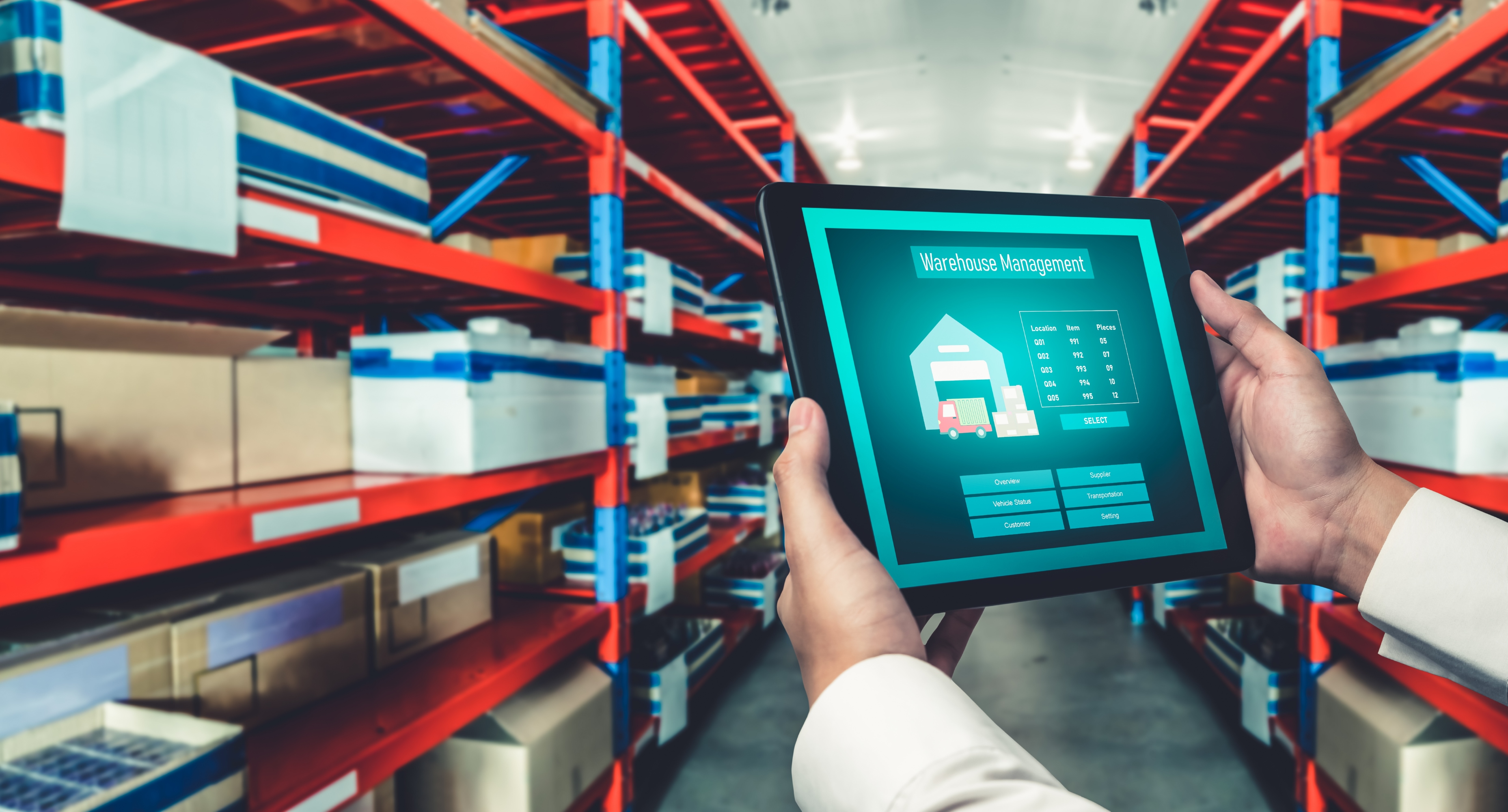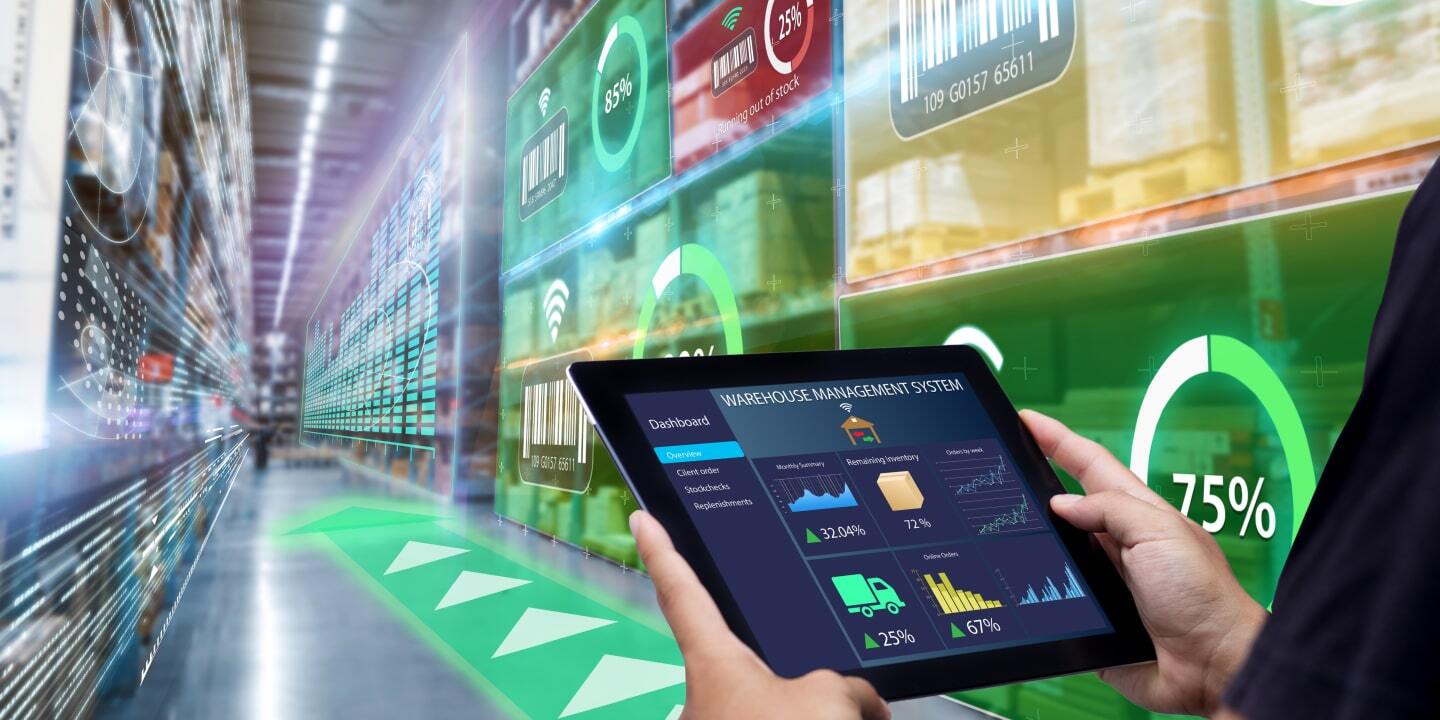
|
Jul
22
2024
|
Sustainable Distribution: Strategies for Reducing the Carbon FootprintMon, 22 Jul 2024
The logistics industry is a significant contributor to greenhouse gas emissions, and the transportation sector alone contributes around 14% of global emissions. As concern for the environment increases, companies realize the need to implement sustainable practices to reduce the resulting carbon footprint. In the distribution sector, this is very important because goods transportation is a fairly large contributor to emissions. For this reason, it is important for the distribution sector to understand the importance of sustainable distribution and discuss strategies to reduce the carbon footprint in this industry. The Importance of Sustainable Distribution Sustainable distribution is critical to mitigating the environmental impact of the logistics industry. Transportation activities are one of the fastest growing sources of greenhouse gas emissions, with emissions estimated to increase by 120% by 2050 if no action is taken. In addition, the impact of distribution on the environment is not just emissions, but issues such as noise pollution, habitat destruction and waste generation also require attention. Strategies to Reduce Carbon Footprint To reduce their carbon footprint, companies can implement various strategies, including: 1. Alternative Fuels and Vehicles The use of alternative fuels such as biofuels, electricity and hydrogen can reduce emissions significantly. Electric vehicles and hybrid vehicles are increasingly becoming viable options, as more companies invest in electric fleets. 2. Route Optimization Optimizing routes can reduce fuel consumption, lower emissions and save costs. Advanced route optimization software and telematics systems can help companies plan the most efficient routes. 3. Consolidation and Collaboration Combining deliveries and collaborating with other companies can reduce the number of vehicles on the road, thereby lowering emissions and costs. 4. Sustainable Warehousing Practices Implementing sustainable warehouse practices, such as using energy-efficient lighting and HVAC (Heating, Ventilation, Air Conditioning) systems, can reduce energy consumption and emissions. 5. Renewable Energy Project Investment Offsetting carbon emissions by investing in renewable energy projects or reforestation programs can help companies compensate for their carbon footprint. Sustainable distribution is essential to reduce the environmental impact of the logistics industry. By adopting strategies such as alternative fuels, route optimization, consolidation, sustainable warehouse practices, and carbon offsets, companies can significantly reduce their carbon footprint. As the industry continues to grow, it is important for companies to prioritize sustainability and invest in environmentally friendly practices.
#Distribution
#Sustainable Logistics
#Green Transportation
#Low Carbon Economy
#DNR
#DNR DISTRIBUTION
#DNR LOGISTICS
#DNR CORPORATION
|
 Back
Back




